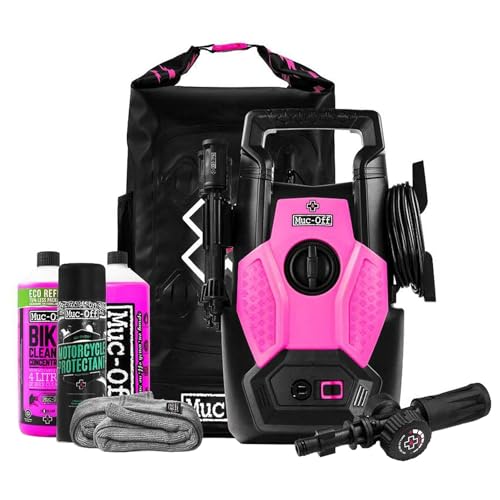

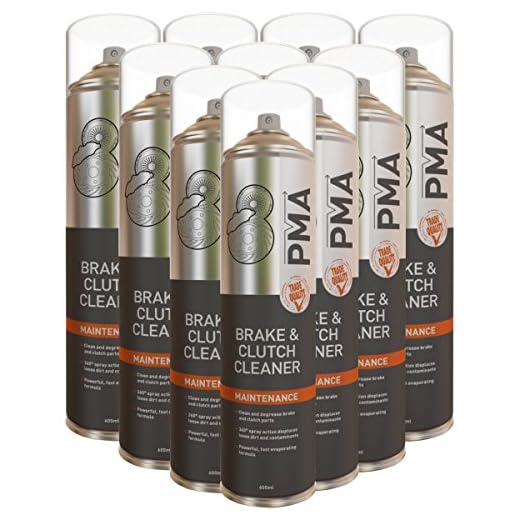
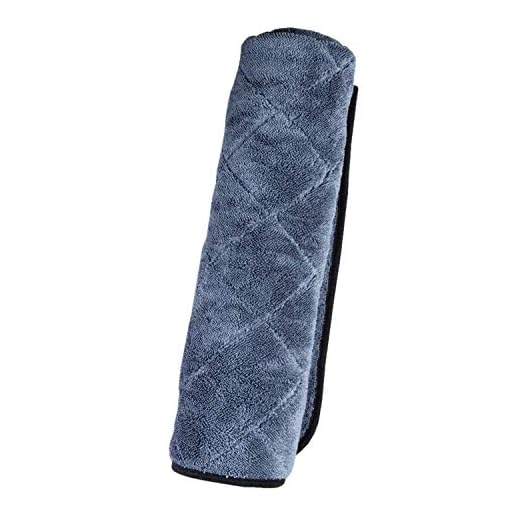
For an effective cleaning of your vehicle’s tyres, it is generally advisable to apply a high-pressure technique, but caution is paramount. I recommend utilising a distance of at least 12 inches between the nozzle and the surface to prevent damage to the tyre material. Aim the jet at a narrow angle to ensure precision and to avoid unnecessary wear on the rubber.
When tackling stubborn dirt, a lower pressure setting is preferable. This minimises the risk of dislodging any protective coatings that may be present. Always remember to use a suitable cleaning solution designed for wheels, as this will enhance the cleaning process and prevent any potential corrosion from harsher chemicals.
Prior to commencing, inspect your wheels for any visible cracks or issues. Using a high-velocity stream on compromised areas can exacerbate damage. Should your tyres exhibit signs of wear, consider alternate cleaning methods to maintain their integrity. With the right precautions, this method can rejuvenate your vehicle’s appearance while prolonging the life of your tyres.
Understanding Pressure Washer Settings for Car Care
For optimal results while maintaining your vehicle, set the nozzle to a low to medium angle of around 25 degrees. This allows for effective cleaning without risking damage to delicate surfaces.
Adjust the pressure setting to a range of approximately 1200 to 1900 PSI. Higher pressures can lead to potential paint chipping or other surface issues, so it is essential to find the correct balance for your specific model and finish.
Utilise a foam cannon attachment for enhanced cleaning efficiency. This tool applies a thick layer of foam, allowing the detergent to dwell and penetrate dirt and grime more effectively, making the rinse process smoother.
Always start at a safe distance of at least 3 feet from the surface before gradually moving closer as needed. This method ensures that you do not inadvertently apply too much force on sensitive components or finishes.
Choose a gentle cleaning solution compatible with your equipment to avoid damaging any seals or finishes. Avoid abrasive chemicals, which can strip protective coatings.
After rinsing, be sure to dry all areas thoroughly to prevent water spots and ensure a polished finish. A microfiber towel works best for this purpose, as it minimises the risk of scratching.
Choosing the Right Nozzle for Wheel Cleaning

Selecting the appropriate nozzle for your cleaning equipment can significantly impact the effectiveness of the task. I recommend using a 25-degree fan nozzle for wheel treatment. This nozzle type provides a balanced spray that is powerful enough to remove grime but gentle enough to avoid damaging sensitive surfaces.
Types of Nozzles
Different nozzle options serve various purposes. A turbo nozzle, which produces a rotating stream, can be effective for stubborn dirt but may risk paint damage on delicate finishes. I advise caution and only using it on more durable surfaces or heavily soiled areas that require extra cleaning power.
Adjustable Nozzles
If your equipment features an adjustable nozzle, take advantage of this versatility. Start with a wider spray and gradually narrow it down as needed. This method prevents overspray and focuses cleaning action without the risk of abrasion. Always maintain a safe distance when applying the stream to avoid unintentional damage.
Assessing tire and wheel material compatibility
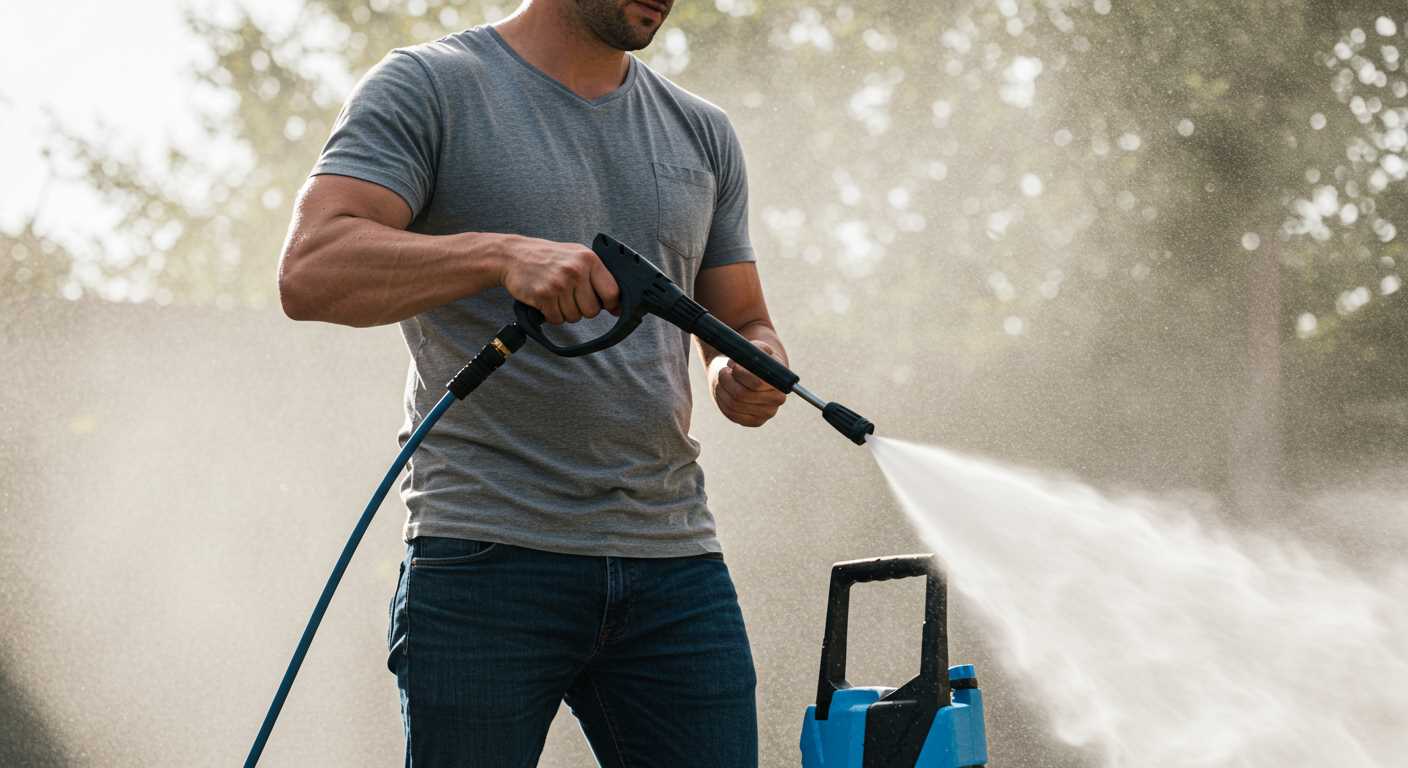
Before engaging in any cleaning process, determining the compatibility of tire and wheel materials is essential. Most automotive tires are crafted from rubber compounds, which can withstand a variety of cleaning methods. However, the choice of cleaning techniques must align with the wheel materials to prevent damage.
Tire Materials
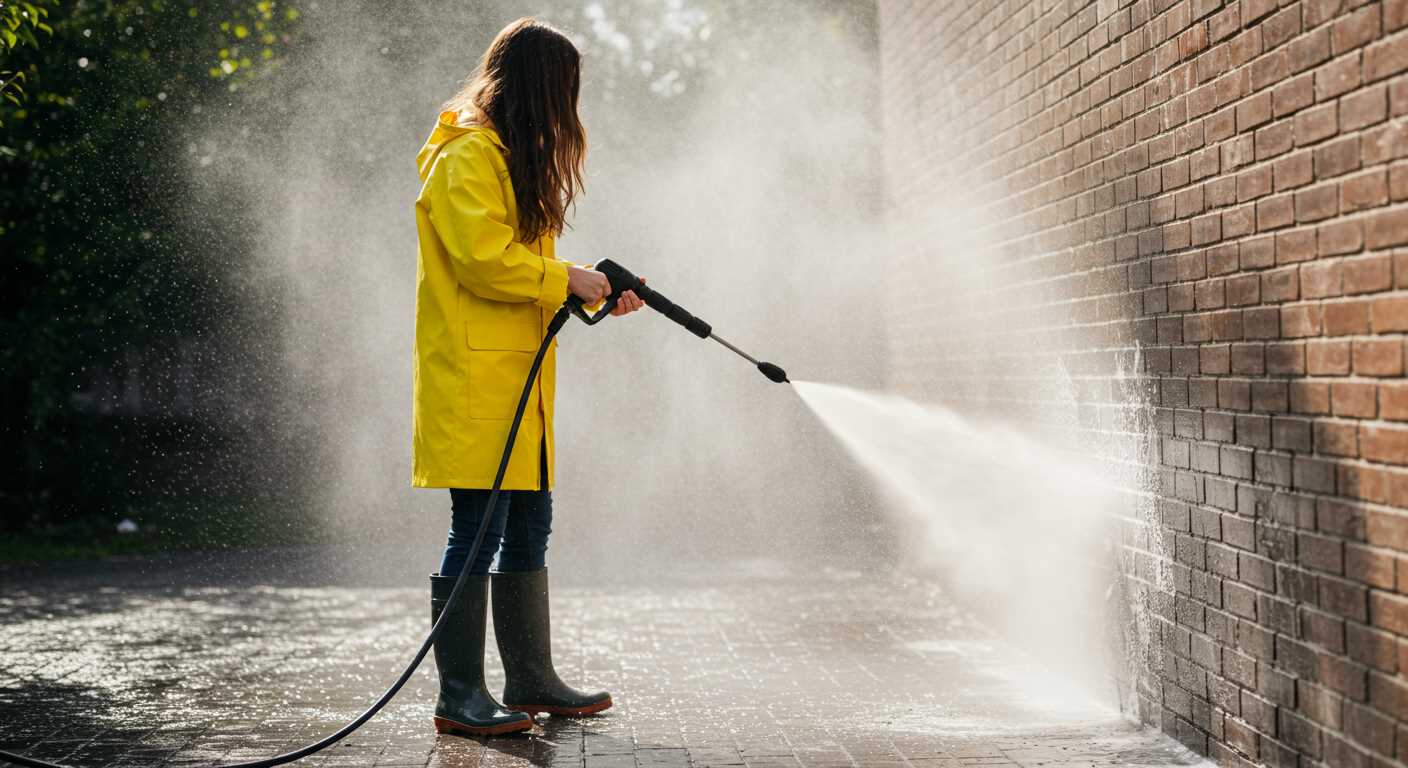
Tires typically feature a blend of natural and synthetic rubber along with reinforcement materials like steel belts. These components can handle low to moderate cleaning approaches without risk. For regular debris removal, a gentle wash is adequate, while harsher methods should be avoided to maintain the integrity of the rubber.
Wheel Materials
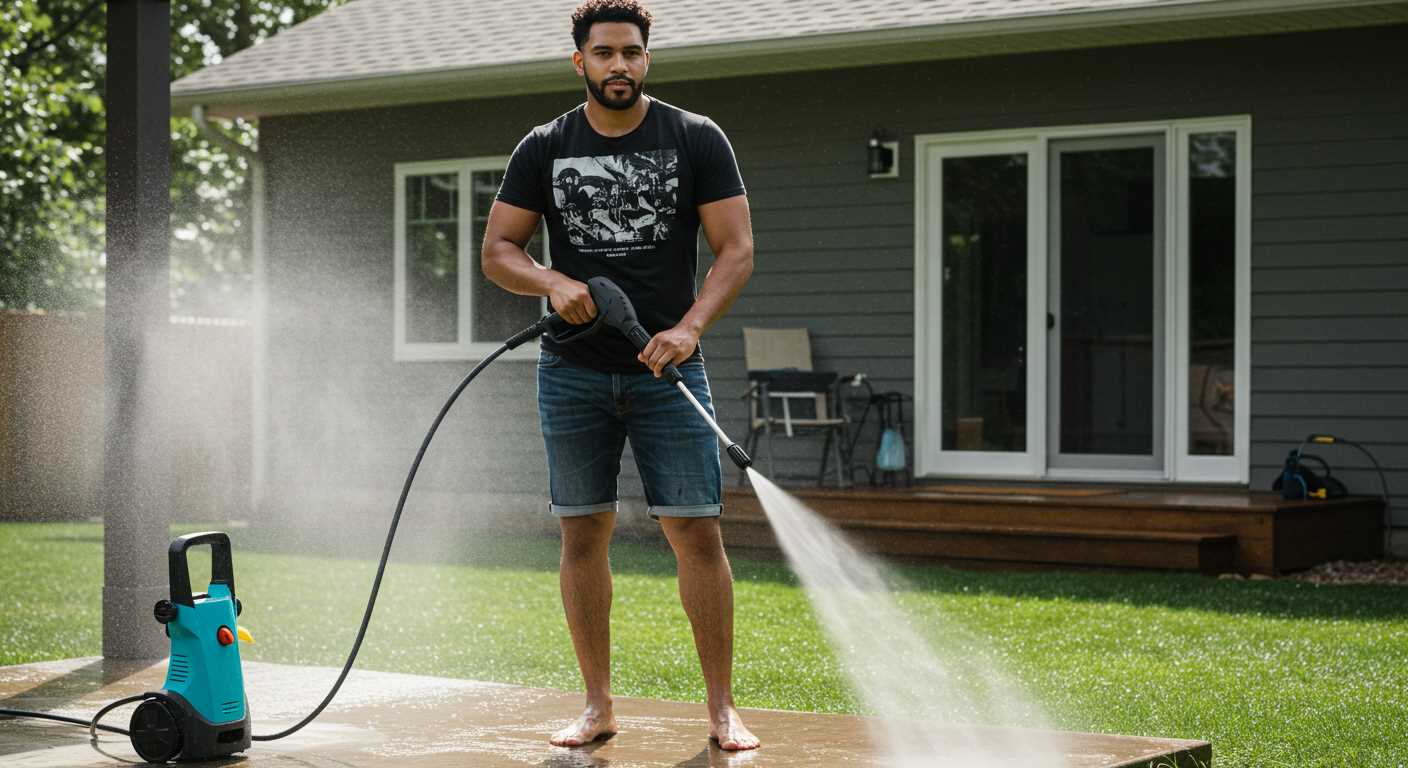
Wheels come in various materials, including aluminium alloy, steel, and chrome. Each of these materials has unique properties affecting their response to various cleaning agents and techniques. Aluminium, for instance, can be susceptible to corrosion if exposed to aggressive chemicals or improper techniques. Steel wheels are generally more durable but can rust if moisture is trapped.
For alloy wheels, opt for non-acidic cleaning solutions that do not compromise the protective coating. Steel rims benefit from regular cleaning to prevent buildup but can withstand more robust cleaning than alloy varieties.
To preserve both tire and wheel longevity, always test a new cleaning technique on a small area first. This assessment helps avoid unwanted reactions, ensuring both components remain in optimal condition.
Avoiding damage to brake components and sensors
.jpg)
Maintain a safe distance of at least 12 inches from brake components and sensors while cleaning. Excessive force can dislodge or damage critical components like brake calipers or sensors. Always angle the nozzle away from these areas to minimise unintended impact.
Be cautious around electronic sensors; the high velocity of water can introduce moisture that may lead to corrosion or short-circuits. It’s advisable to cover vulnerable sensors with a protective layer, such as a plastic bag, if possible.
Avoid direct exposure to hydraulic lines and connections. Abrasive action or high-speed jets can erode protective coatings, leading to leaks or failures.
Inspect all areas post-cleaning for any signs of loosening or shifting components. Regular checks can identify potential issues before they escalate, preserving the integrity of brake systems.
Lastly, always ensure the cleaning solution is compatible with brake components. Certain chemicals can degrade materials or leave residues that affect performance. Stick to approved cleaning agents to safeguard your equipment.
Best practices for rinsing and drying wheels
Begin rinsing by aiming the nozzle at a distant angle, reducing direct impact while removing residual dirt.
- Employ a gentle flow setting, ideally between 1000 to 1500 PSI, to prevent damage while ensuring effective cleaning.
- Focus on inner rims first, as grime typically accumulates there. Progress towards the outer surfaces.
- Avoid targeting seals and valves directly. Instead, angle the spray to protect these sensitive areas.
- For drying, opt for a soft microfiber cloth. This helps prevent scratches and streaks.
To maximise drying efficiency, implement the following techniques:
- Utilise a dedicated wheel dryer or blower to eliminate water trapped in hard-to-reach areas.
- Wipe surfaces with a straight motion. Avoid circular patterns to reduce swirl marks.
- In colder conditions, consider using a heated blower for faster drying times.
Regular maintenance enables quicker cleaning in the future. Keep wheel finishes protected by applying a suitable sealant after thorough cleaning and drying.
Common mistakes to avoid when using a pressure washer

Never point the nozzle directly at your vehicle’s tyres or brakes. This can cause severe damage to both components. Always maintain a safe distance to prevent any potential harm.
Misjudging the nozzle type or angle is a frequent error. Make sure to choose the appropriate nozzle for cleaning delicate surfaces, as an excessively wide angle may not provide enough cleaning power while a too narrow angle can cause damage to the surface.
Incorrect distance and angle
Stand too close and you risk stripping paint or damaging the rubber. Keep the nozzle at least 12 to 18 inches away from surfaces while cleaning. Tilt the lance at a slight downward angle to effectively wash away grime without risking scratches.
Ignoring local regulations
Be mindful of any local rules regarding water use. Some areas have restrictions, particularly during drought conditions. Always check your local guidelines before proceeding with cleaning tasks.
Failing to clean the nozzle after every use can lead to blockages. Make it a habit to clear out any debris to ensure optimal performance for future cleaning sessions.


